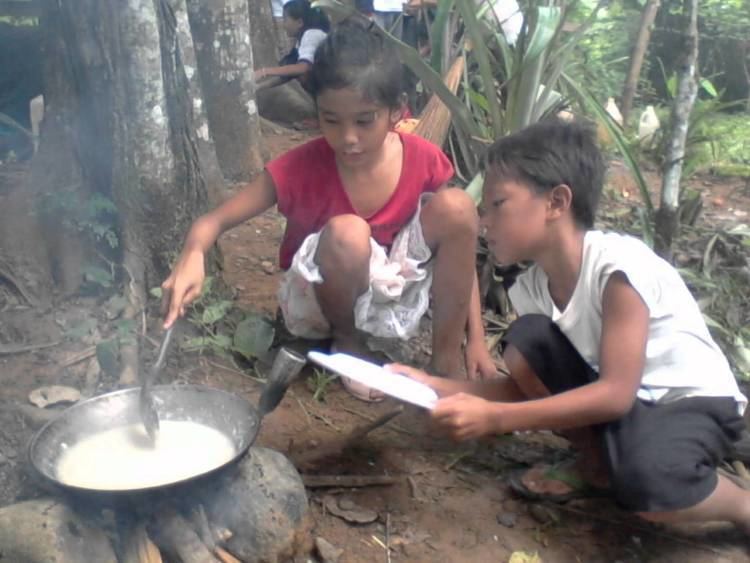Barangays ZIP code 2823 Local time Tuesday 7:56 AM | Time zone PST (UTC+8) Area 64.08 km² | |
 | ||
Weather 25°C, Wind S at 2 km/h, 70% Humidity | ||
San juan abra philippines
San Juan, officially the Municipality of San Juan (Ilocano: Ili ti San Juan, Filipino: Bayan ng San Juan), is a municipality in the province of Abra in the Cordillera Administrative Region (CAR) of the Philippines. The population was 9,867 at the 2015 census. In the 2016 electoral roll, it had 6,657 registered voters.
Contents
- San juan abra philippines
- Map of San Juan Abra Philippines
- San juan abra pwd nakumpiskaran ti uppat a paltog iti checkpoint
- Geography
- Barangays
- Demographics
- Economy
- References
Map of San Juan, Abra, Philippines
A major tourist attraction is Abualan Cave, but it is not yet developed. The climate is characterized by 2 distinct seasons. The dry season, which occurs from November to April, is marked by daily blue skies and clear starry nights and the wet season for the rest of the year with high rainfall intensities accompanied by storms and typhoons.
San juan abra pwd nakumpiskaran ti uppat a paltog iti checkpoint
Geography
San Juan is located at 17°41′N 120°44′E.
According to the Philippine Statistics Authority, the municipality has a land area of 64.08 square kilometres (24.74 sq mi) constituting 7000154000000000000♠1.54% of the 4,165.25-square-kilometre- (1,608.21 sq mi) total area of Abra.
Barangays
San Juan is politically subdivided into 19 barangays.
Demographics
In the 2015 census, San Juan had a population of 9,867. The population density was 150 inhabitants per square kilometre (390/sq mi).
In the 2016 electoral roll, it had 6,657 registered voters.
Economy
San Juan is an agricultural town. Its major products are rice, corn and tobacco. The town has two major rivers: the Malanas River and Tineg River. These two rivers supply the townspeople with fish and they are also used to transport bamboo which is sold to resort owners in Vigan.
During the dry season, the townsfolk also plant string beans, eggplant, peanuts, bitter gourds, squashes, okra and tomatoes. Some also cultivate mangoes.
